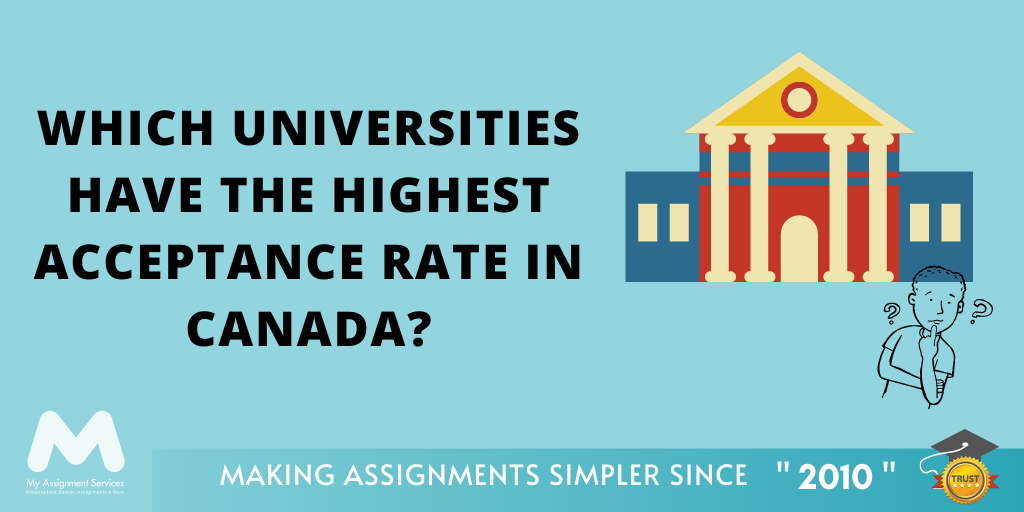Are you working in your assignment on purposive sampling? If yes! This weblog is the perfect match for you!
Furthermore, it is used in in-depth research studies to pick a particular group of units or individuals for analysis. However, this method is accurate when you have a clear idea and understanding of the features or attributes you are interested in studying and want to pick a sample representative of those attributes.
This type of sampling is often used in qualitative research. Likewise, it allows you to concentrate on particular areas of interest and gather deeper information on those topics. Moreover, in this weblog, we will explore the vital concepts of purposeful sampling in more detail and explore the benefits and disadvantages of using this particular approach in research studies.
What is Purposive Sampling?
It is a method used in qualitative research to pick a specific group of individuals or units for analysis. Participants are selected “on purpose,” not randomly selected. Additionally, it is also known as selective sampling or judgmental sampling. Further, in purposive sampling, you must have a specific objective or purpose in mind when choosing the sample. Hence, the sample is picked based on the features and characteristics that you are interested in studying.
When to use Purposive Sampling?
Purposive sampling should be used when you have a clear and concise idea of the particular characteristics you are interested in studying and want to pick a sample that appropriately represents those characteristics.
Purposive sampling can be specifically useful in the following situations:
- When the population of interest is tiny
- To study an unusual or rare phenomenon
- For interest in analysing a particular subgroup within the population
What are the Principles of Purposeful sampling?
There are numerous imperative principles of purposeful sampling that you should consider when using this method in your research studies.
1. Clearly Explain Purpose
The objective of the study should be clearly explained, and the sample should be selected based on the features or attributes that you are interested in studying.
2. Representative sample
The sample should be representative of the attributes or characteristics being analysed.
3. Bias
It can come into play when anything other than random sampling is used, so be familiar with any potential biases and take steps to minimise them.
4. Expertise
Having expertise in the topic being analysed is an imperative part of purposive sampling selection. Without a solid understanding of the attributes being picked, the population may not be as representative as it should be.
What are the Types Of Sampling?
In the list below, we will discuss the numerous types of purposive sampling methods and give vital examples of when each method may be used in research. So, let’s check them out one by one.
1. Maximum Variation Sampling
Maximum variation sampling, or heterogeneous sampling, intentionally picks participants with numerous features. Therefore, maximum variation purposeful sampling ensures a wide representation of different points of view. Likewise, it enriches the study with a complete range of experiences within the target population.
For Example:
Choosing consumers with diverse demographics, such as age, location, and income, to understand varied perspectives on a new product launch.
2. Homogeneous Sampling
Not like maximum variation sampling, homogeneous sampling focuses on selecting participants with similar characteristics. However, this method aims to lower variability within the sample. Likewise, homogeneous purposive sampling enables a thorough investigation of particular common aspects within the selected group.
For Instance:
Selecting participants with similar buying behaviour patterns to investigate particular reaction preferences to a specific advertising strategy.
3. Typical Case Sampling
Typical case sampling involves selecting units or individuals that highlight and represent the common experiences or traits of the population. However, this method is employed to understand the most average or ordinary experiences within the population.
For Example
Choosing individuals who represent the typical target population or market for a popular product or service to understand common experiences and preferences.
4. Extreme (or Deviant) Case Sampling
Extreme case purposeful sampling entails picking participants with uncommon or unusual characteristics in the population. By focusing on outliners, you might gain valuable insights into unique perspectives or behaviours that, importantly, differ from the norm.
For Instance
Specifying customers who exhibit unusual or rare purchasing behaviour or extreme loyalty to analyse factors contributing to their unique consumer behaviours.
5. Critical Case Sampling
Critical case sampling involves choosing individuals or units imperative to the research queries or population studied. Nevertheless, this method aims to understand key experiences or traits within the population.
For Example
Selecting customers who have a vital impact on a brand’s success or failure to gain insights into key factors impacting consumer loyalty.
6. Total Population Sampling
Total population sampling involves studying the whole population instead of choosing a sample that will provide vital help assignment resources. Furthermore, while not a traditional sampling method, it is relevant to our discussion because of purposive sampling types.
For instance
Conduct a survey or study on the entire consumer base of an e-commerce company to understand overall satisfaction preferences or levels.
7. Expert Sampling
Expert sampling involves choosing individuals with specialised knowledge of the studied topic. Moreover, this collects insights from field professionals, aiding in the growth of subsequent research studies.
For Example
Interviewing industry professionals, such as experienced marketers or product designers, to collect insights and opinions that can guide strategic decisions in marketing product development or campaigns.
How is Purposive Sampling Conducted?
The steps to conducting a study using purposive sampling will vary depending on the topic and preferences of the students involved. Hence, the five vital steps of purposive sampling as a general framework are mentioned below. Check them out!
- Explain the main objective of the study
- Identify the sample of the units or individuals
- Obtain informed consent from individuals
- Study the data
- Gather the data using accurate research methods
Check Out Some Pros and Cons Of Purposive Sampling
Here are some of the shortlisted advantages and disadvantages of purposive sampling that you must know before working on your assignment:
|
Pros
|
Cons
|
|
In-depth data
|
The study's outcomes might not be generalisable to the larger population.
|
|
It is practical and efficient in comparison to other sampling methods.
|
It can introduce bias into the study.
|
|
Flexibility in the selection of the sample.
|
This can affect the reliability and accuracy of the study.
|
|
Cost can be less expensive than other sampling methods.
|
This can affect the statistical power of the study.
|
|
This can be particularly useful when the population of interest is small.
|
This may require obtaining informed consent from the individuals.
|
It’s Time to Wrap things up!
We hope this weblog has cleared all your minor to complicated doubts. However, if you still need professional assistance, look no further than My Assignment Services. Our top-notch statistics assignment help services are just made for you. We have a wide and exceptional team of professional academic experts who are all set to fulfill all your needs and requirements. From formatting your documents to proofreading them before delivering them to you, they do their job with full precision. Our main motive is to provide you with end-to-end solutions and give you an in-depth knowledge of your document through our live sessions. So, what are you waiting for? Call us today!




